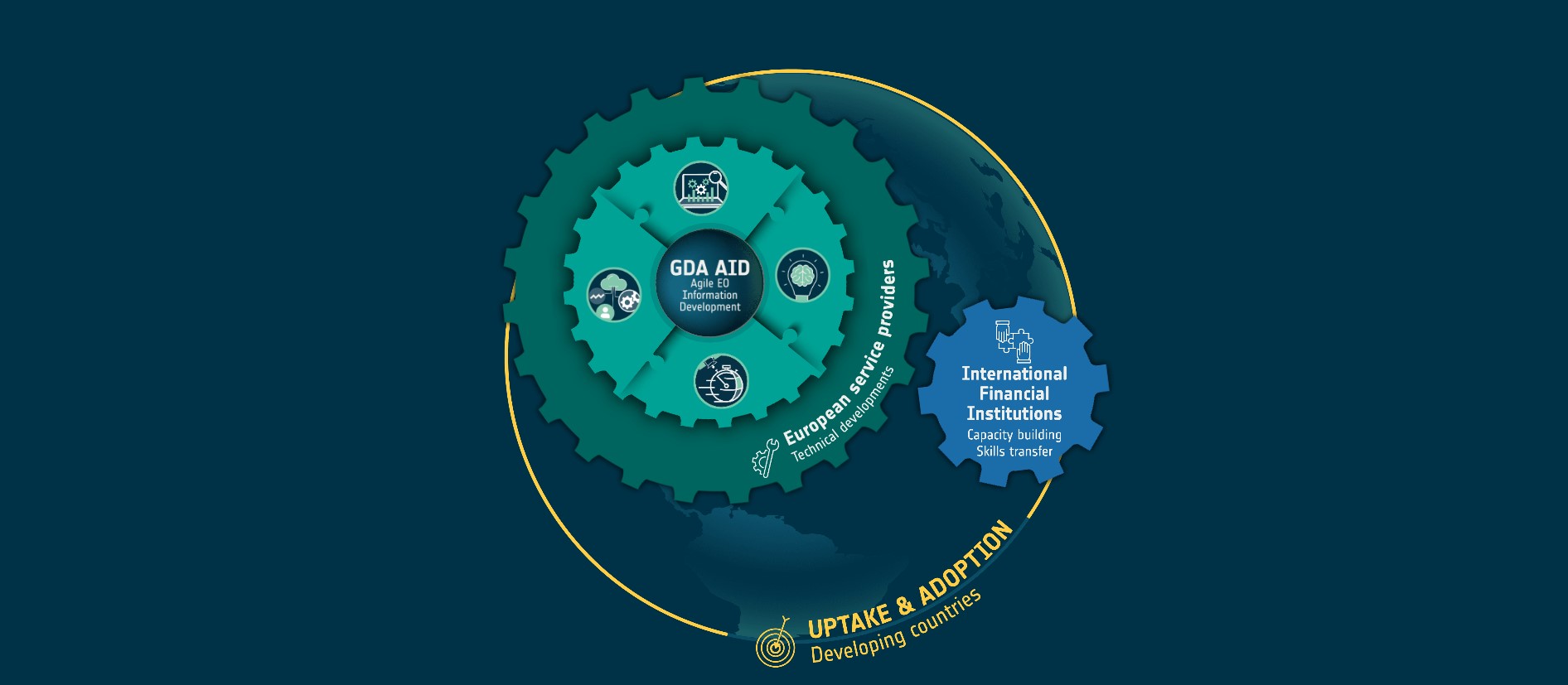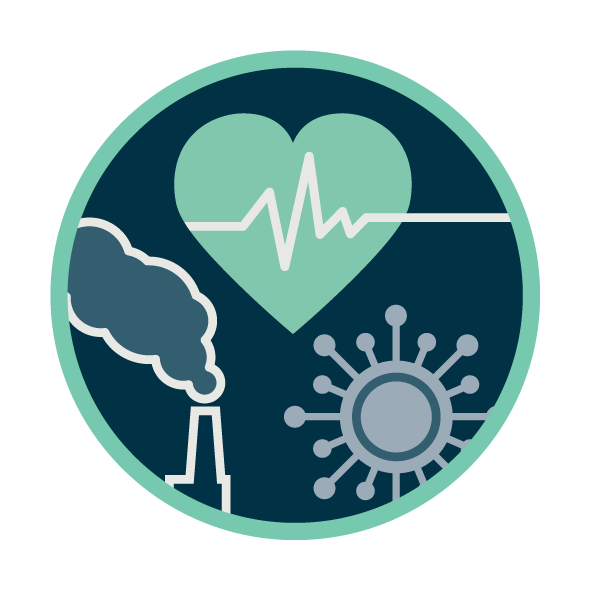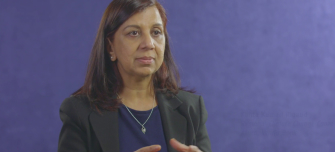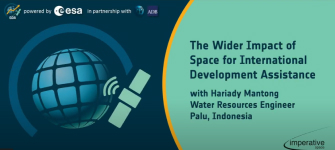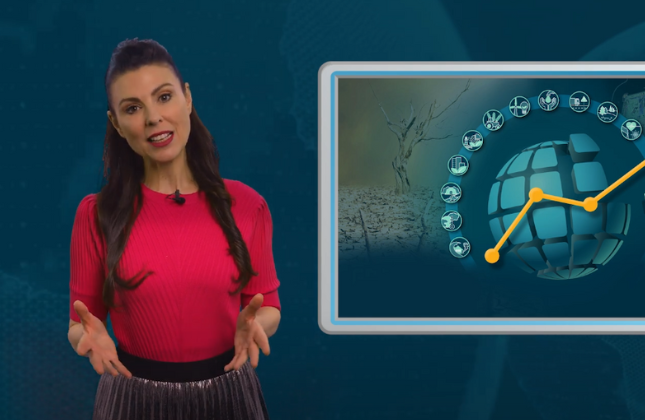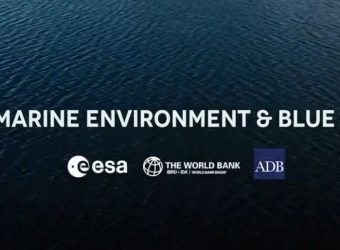The European Space Agency’s (ESA) Global Development Assistance programme’s (GDA) thematic activity on Marine Environment & Blue Economy has reached its conclusion, marking the successful end of a transformative initiative dedicated to advancing marine conservation, sustainable development, and fostering the Blue Economy. This thematic activity was initiated by the ESA’s GDA, a global partnership with the World Bank and the Asian Development Bank to mainstream the use of Earth Observation (EO) into development operations.
A Journey of Innovation and Impact
The thematic activity addressed critical global marine challenges by focusing on fisheries governance, marine litter and pollution management, “blueing” of the oceanic sector and integrating seascape management. Through its efforts, the ESA GDA Marine activity has delivered value-adding products and services that leverage EO technologies to support sustainable development at national and local levels.
Collaboration and Expertise
Managed by a consortium led by Planetek Italia, the thematic activity brought together a European network of experts in EO technology, marine science, and development planning. This collaborative approach ensured the delivery of high-impact, user-focused solutions tailored to the needs of International Financial Institutions (IFIs) and local stakeholders in development countries.
EO Products
From June 2022 until December 2024, the Marine Environment & Blue Economy thematic activity provided a range of EO products tailored to diverse needs, including:
- Shoreline Maps: For monitoring erosion and supporting coastal resilience.
- Mangrove and Salt Marsh Maps: Essential for ecosystem health and restoration efforts.
- Seagrass and Shrimp Pond Maps: Supporting biodiversity and sustainable aquaculture.
- Water Quality Parameters: Including water turbidity, transparency, and chlorophyll concentration, to monitor marine health.
- Sea Surface Temperature and Phytoplankton Data: Crucial for understanding oceanic systems.
- Plastic Drift Modelling Maps: Addressing marine pollution and plastic accumulation and circulation.
- Seafloor Classification and Fisheries Support: Informing sustainable fisheries management and marine spatial planning.
Global Reach and Local Impact
This thematic activity targeted developing nations, recognising the pivotal role of oceans in driving their economic growth. Key regions of impact included:
- Africa: Tunisia, Kenya, the West Africa Coastal Area (including Liberia and Sierra Leone, Sao Tome and Principe, and Guinea-Bissau).
- Asia: Maldives, Indonesia, and Cambodia.
- Latin America and the Caribbean: Ecuador and the Caribbean States.
Each location benefited from tailored EO solutions addressing specific environmental and socio-economic challenges, equipping decision-makers with data to enhance climate resilience, biodiversity protection, and sustainable marine governance.
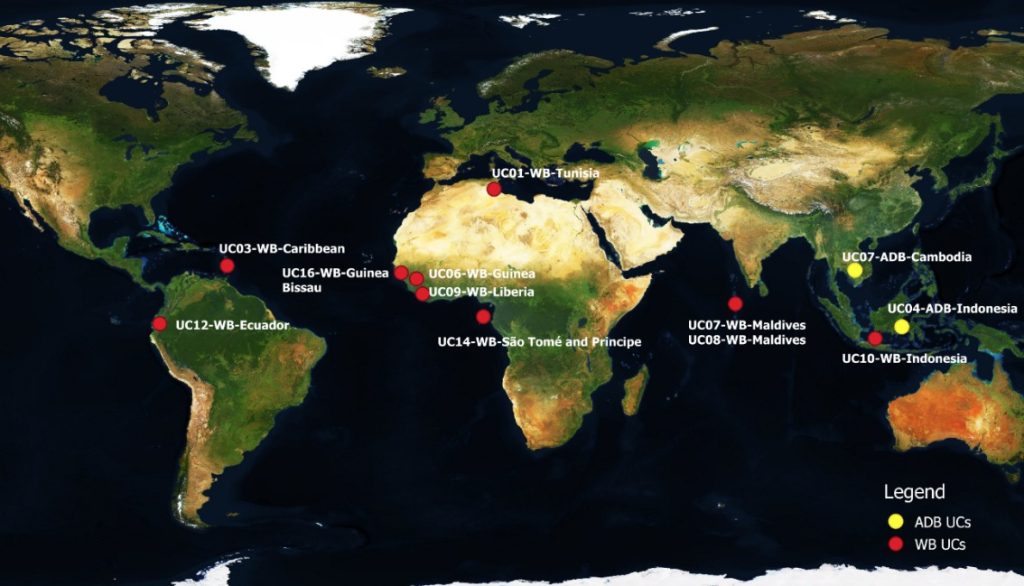
Exemplary Venture: Enhancing Coastal Ecosystems in Cambodia
One standout success of the ESA GDA Marine Environment & Blue Economy activity was the collaborative effort between the European Space Agency and the Asian Development Bank (ADB) to address critical challenges in Cambodia’s marine and coastal ecosystems.
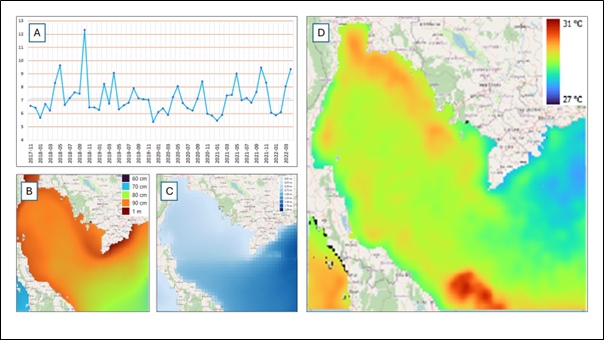
The Challenge
Cambodia’s marine fisheries sector, a key contributor to the national economy—by 2018, stocks had fallen to just 10% of 1970 levels.At the same time, coastal ecosystems, including mangroves and seagrass beds, have suffered significant degradation due to overfishing, illegal practices, and habitat destruction.
The Solution
Through Earth Observation (EO) technologies, ESA GDA’s Marine Environment and Blue Economy consortium provided innovative solutions to assess and manage Cambodia’s coastal ecosystems. Key achievements included:
- Mapping Seagrass and Mangroves: Delivering data-driven results to evaluate ecosystem health and restoration success.
- Identifying Drivers of Degradation: Pinpointing salt farming, charcoal production, and shrimp farming as the primary culprits for mangrove loss while highlighting the benefits of regulatory actions like bans on illegal charcoal production.
- Developing Climate Resilience Strategies: Supporting the Cambodian government with tools for ecosystem restoration and fisheries sustainability.
For more examples, discover our e-flyer and brochure.
The Impact
This use case demonstrated the capabilities of EO data to address environmental challenges, equipping local authorities with valuable information to guide policy and conservation efforts. It also highlighted the importance of collaboration between global organisations and local stakeholders in achieving sustainable marine management.
The Cambodia venture exemplifies how the ESA GDA Marine Environment and Blue Economy thematic activity has fostered innovation, resilience, and sustainability, which hopefully will have a long-lasting impact on the marine ecosystem conservation of Cambodia.
A Legacy for the Future
The ESA GDA Marine Environment & Blue Economy activity represents a significant step towards leveraging space technologies to address the challenges facing our oceans. Funded by ESA, the initiative has established a foundation for continued innovation and collaboration, offering a blueprint for sustainable marine development in the years ahead.
As we mark its successful conclusion, we extend our gratitude to all contributors and stakeholders whose dedication has been instrumental to this journey. Together, we have taken meaningful strides towards safeguarding our oceans and fostering a resilient, sustainable future for coastal communities worldwide.
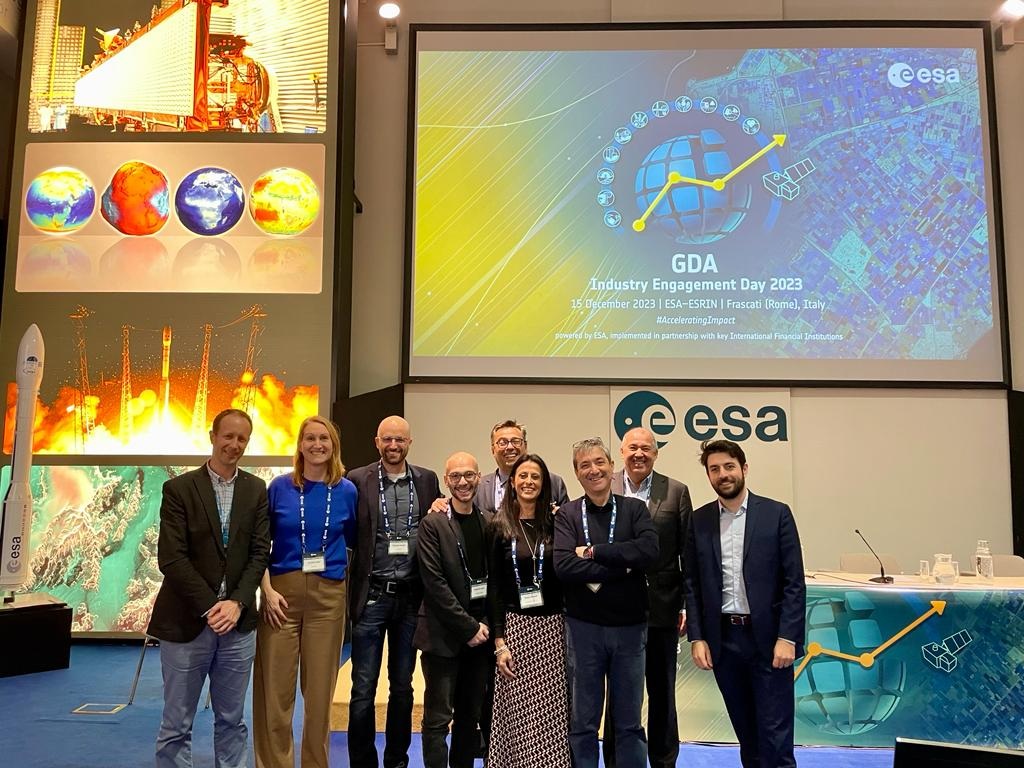
For further details on the outcomes and insights from this thematic activity, check out our brochure and e-flyer.



